The South China Morning Post (SCMP) on the evening of May 17 quoted a source close to the Chinese military as revealing that all of China's combat and reconnaissance UAVs have been designed and developed to recognize an "electronic geofence" surrounding the country's territorial borders.
“This is called a surveillance tool, a simple technology to ensure that China’s exported drones are not used as weapons by enemies to attack our country,” the source told SCMP .
The source added that the above function has been provided by Chinese UAV manufacturers in their manuals.
Beijing-based expert Li Jie said some UAVs are capable of self-destructing if the "surveillance" system is modified or removed.
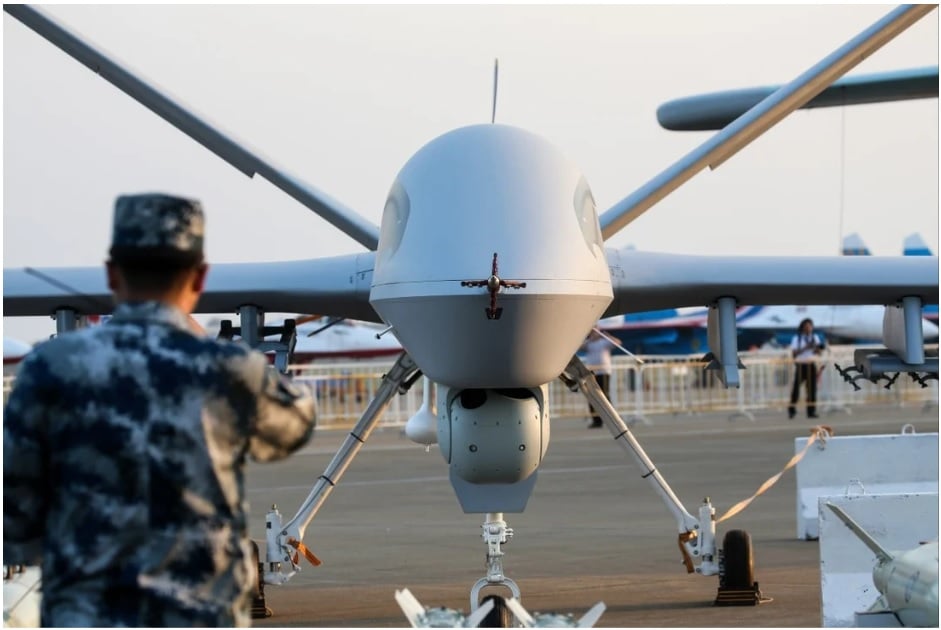
Over the past decade, Chinese companies are believed to have delivered 220 UAVs to 16 countries.
The comments appear to confirm claims last year by Haluk Bayraktar, CEO of Turkish UAV manufacturer Baykar, that Chinese-made UAVs “turn around when they approach the Chinese border,” according to SCMP .
Mr. Bayraktar said at the time that the "hidden limitations" and "substandard performance" of Chinese-made UAVs had caused some customers to switch to Turkish UAVs, such as Baykar's TB2 UAV.
According to a report by the Stockholm International Peace Research Institute (Sweden), over the past decade, Chinese companies have delivered 220 UAVs to 16 countries, mainly in the Middle East and Africa.
To destroy or not to destroy? Russian UAV puts Ukraine's air defense in a difficult position
Beijing has denied initial reports that Chinese civilian DJI drones were being used by both Russian and Ukrainian forces in the Russia-Ukraine conflict. However, there have been claims on social media that DJI has added geolocation capabilities to its newer export versions to prevent them from flying over Ukraine, regardless of who is controlling them.
Zhou Shenming, a military researcher in China, said that Chinese UAV developers have also installed "electronic geo-fences" inside domestic UAVs to prevent them from flying into the country's no-fly zones.
Source link



![[Photo] Scientific workshop "Building a socialist model associated with socialist people in Hai Phong city in the period of 2025-2030 and the following years"](https://vphoto.vietnam.vn/thumb/1200x675/vietnam/resource/IMAGE/2025/5/21/5098e06c813243b1bf5670f9dc20ad0a)
![[Photo] Prime Minister Pham Minh Chinh receives the President of Asia-Pacific region of PowerChina Group](https://vphoto.vietnam.vn/thumb/1200x675/vietnam/resource/IMAGE/2025/5/21/0f4f3c2f997b4fdaa44b60aaac103d91)
![[Photo] Coming to Son La, let's "show off" with the Wallflowers](https://vphoto.vietnam.vn/thumb/1200x675/vietnam/resource/IMAGE/2025/5/21/627a654c41fc4e1a95f3e1c353d0426d)









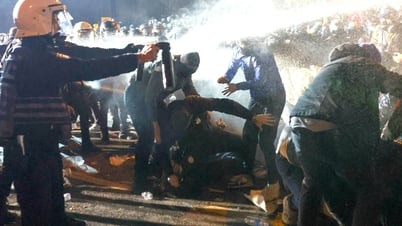





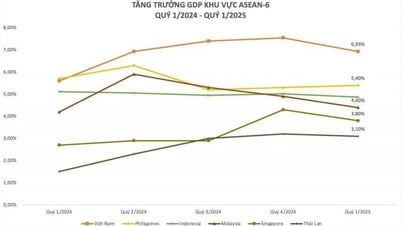










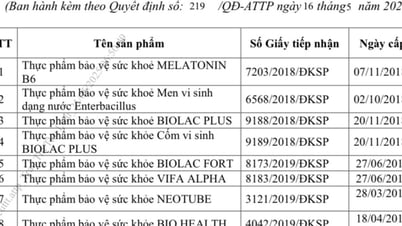












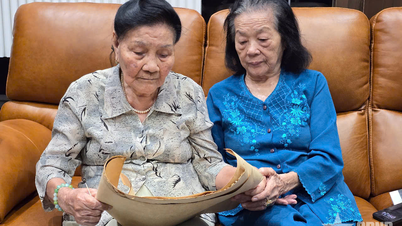























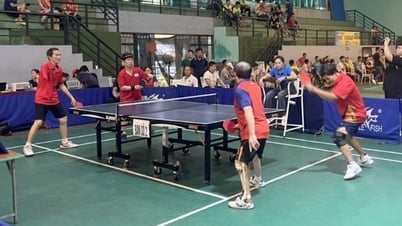


























Comment (0)